At 20:57 tonight on CCTV 10, see how CWEG restores the Erhai Lake.
2019-11-08Blockbuster trailer!
CCTV and CWEG
spent nearly half a year
to develop a science education documentary series
about the role of underground WWTPs in the protection of the Erhai Lake.
Innovation in Act,
meet you tonight on CCTV 10.
The Dali Erhai project was selected by the production team
from a large number of candidates across China
as a typical example of innovation.
The series is divided into three episodes
to be broadcasted on November 8, 11 and 12.
The premiere time is 20:57,and repeat time is 23:31 and 16:16 next day.
Be the guard of the Erhai Lake.

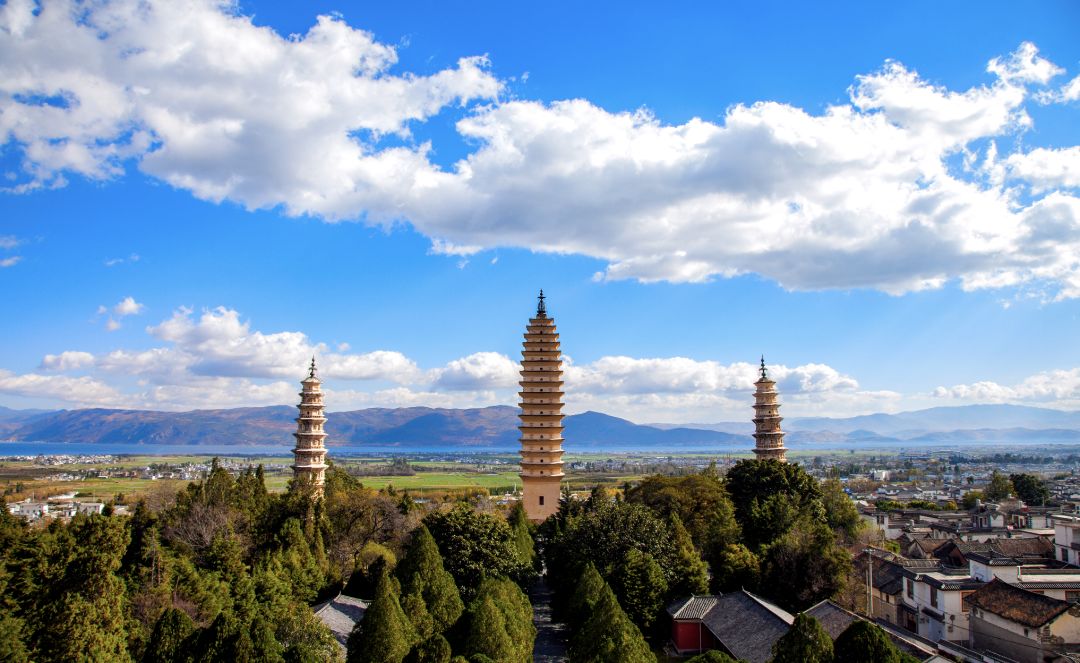
Dali City in Yunnan Provinceis a famous destination in China.
With a moderate climate, Dali is richly endowed with natural beauty,
including the famous attractions of Wind, Flower, Snow and Moon.
Erhai Lake is a must-see attraction for every tourist.

Erhai Lake is the second largest freshwater lake in Yunnan.
As crystal as a sapphire,
the lake attracts tens of millions of tourists from around the world every year.

The sharp growth of tourists
led to large amounts of household waste and sewage
which was discharged into the Erhai Lake and surrounding rivers
after been simply treated or even without any treatment.
Pollutants in the lake produced a great amount of phosphorus and nitrogen
which bloomed algae.
As a result, the dissolved oxygen level dropped sharply,
deteriorating the water quality of the Erhai Lake.

In 2009 and 2013,
moderate eutrophication become worse,
causing an algae bloom.
Water quality dropped to national Grade IV.
It was urgent to protect the ecosystem of the Erhai Lake.
But how to restore the lake?
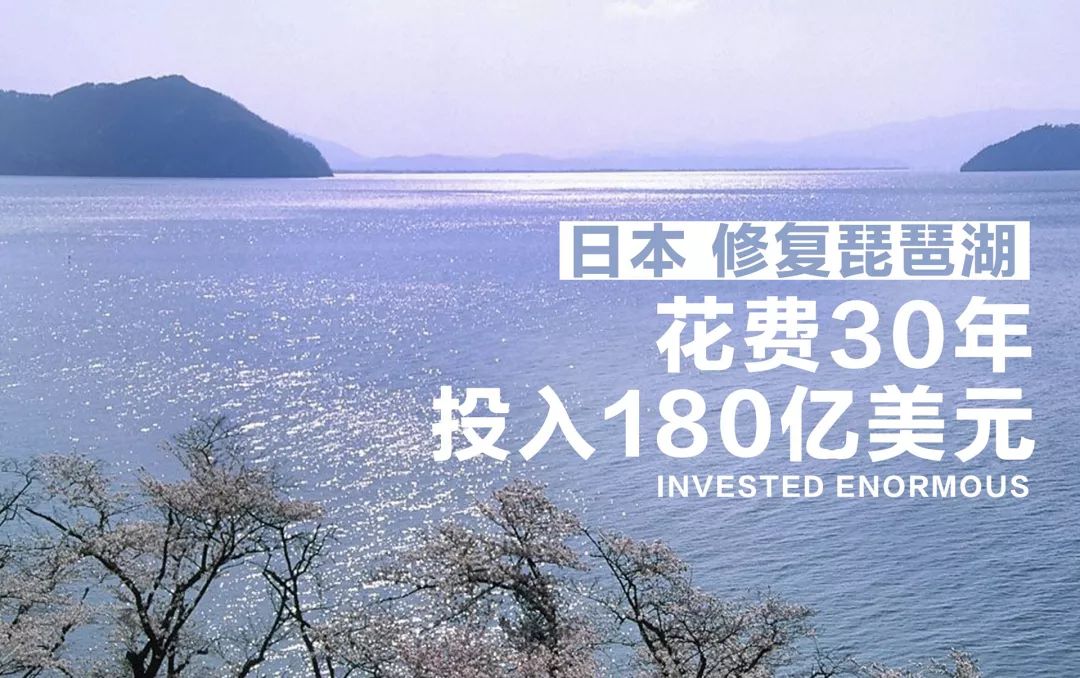
About the ecological governance of lakes,there are many foreign cases.
For example, to restore Lake Biwa, Japan spent nearly 18 billion dollars in 30 years.
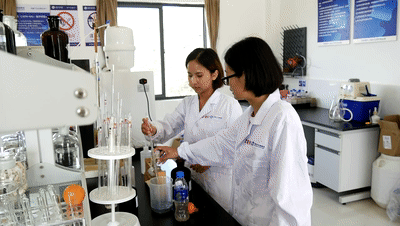
To address the pollution of the Erhai Lake in a cost effective way,
the engineers customized a “Clear Waves Plan”.
It involves 231 kilometers of sewage interception pipelines,
six distributed underground WWTPs,
and the closedown of all hotels around the lake.
......
Through three years of efforts,the interim governance goal was achieved.
The Erhai Lake is covered by clear waves again.
Now, please follow me to uncover
the “super plant” that brought clear waves back —
high-quality distributed underground WWTPs.
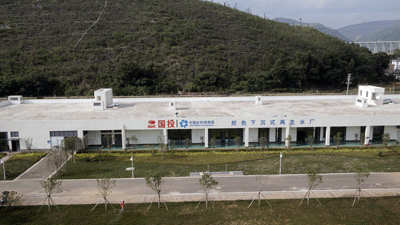

Conventional WWTPs
are not welcomed because of their
noise and odor.
The Erhai Lake is a tourist attraction,
and above-ground WWTPs will damage it beauty.
So how to effectively treat wastewater
without damaging the natural beauty of the lake?
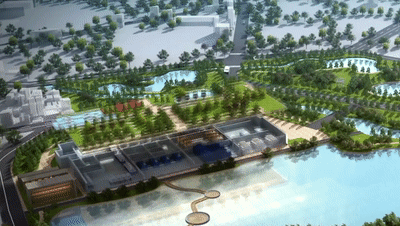
The answer provided by the engineers was underground WWTPs.
Built underground,
such WWTPs can save land,
and will not damage the surroundings.
Besides, the land above may be used to build
water ecological complexes that integrate science education,
landscape, recreation areas and cultural attractions.
Underground WWTPs are friendly to surrounding residents and tourists,
and promote intensive land use.
They convert ecological assets profile from “negative” to “positive”,
and provide pleasant recreation areas for the public.


The wastewater treatment process includes
filtering, removal and sterilization.
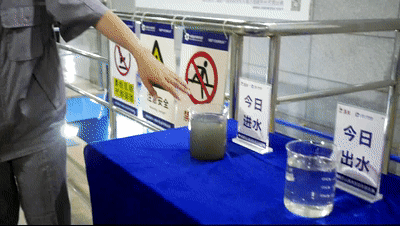
The most interesting step
is sterilization.
This step aims to remove organic pollutants in wastewater.
These pollutants cannot be filtered,
and their removal needs microbes.
So where are the microbes from?
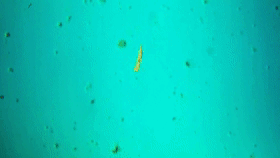
In the process of treatment, the engineers found that
there are some tough “little guys” living in wastewater.
Lab tests showed that
these “little guys” are beneficial —
they can eat “bad guys” that pollute water.

To make these “little guys” work for them,
the engineers built a new “home”
for them using sludge.
These “little guys” have their preferences for “food”.
It’s like that some people like porridge and some like noodles,
different microbes like different types of pollutants.
When wastewater flows into these small purification plants,
“bad guys” in wastewater are eaten by microbes,
and the wastewater flowing out is much cleaner.


There is a plant called “Ottelia acuminate” by the locals,
which is also a famous food material in Dali.
The whole plant is underwater, except for the showy flowers.
Ottelia acuminate is very sensitive to water quality.
Actually, aside from microbes in wastewater,
some aquatic plants are also natural “purifiers” that can be used to
restore and test the quality of water bodies.
Therefore, in outdoor ponds, the engineers
have grown a lot of emergent aquatic plants
to build a natural bioremediation system.
These plants can effectively absorb pollutants,
and thus re-purify the wastewater.


These innovative underground WWTPs
can treat tens of thousands of tons of wastewater every day,
but each plant only needs a few workers.
The reason is the intelligent monitoring system.
This big data platform can collect
the influent and effluent data of each plant,
and monitor the water quality at every monitoring spot,
and the profile of pollutants in real-time manner,
thus effectively and intelligently ensure the purification of the Erhai Lake.

Aside from sewage interception pipelines and underground WWTPs,
the successful remediation of the Erhai Lake also necessary requires
the active participation of the locals,and their ideological change.
A clear Erhai Lake greatly promotes the tourism of Dali.


The successful restoration of the Erhai Lake
not only indicates
the determination of China to
pursue technological innovation in ecological protection,
but also improvement in
people’s sense of ecological protection.
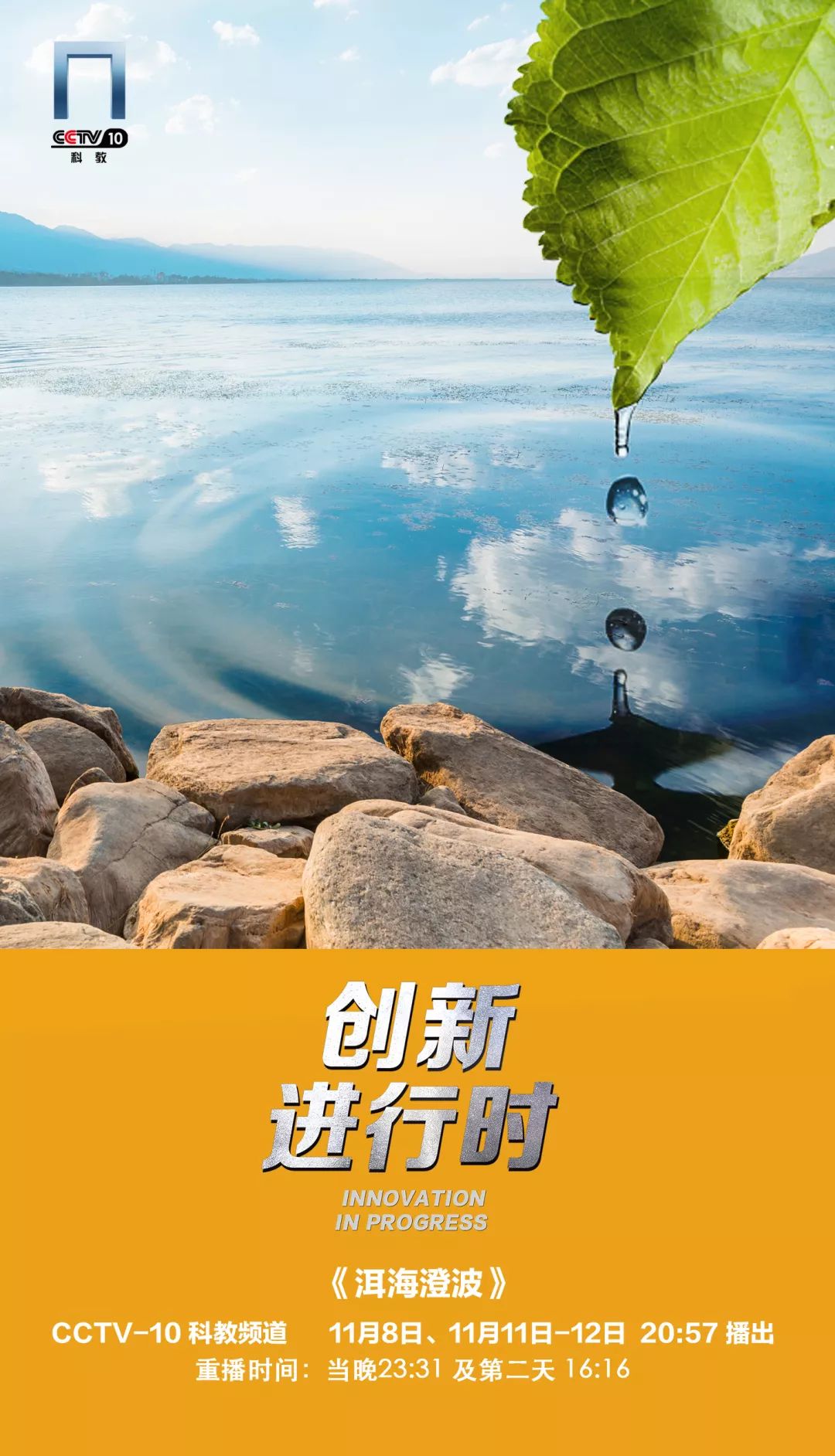
A healthy ecosystem is the symbol of a city’s image,
the essential need of development,
and the purpose of innovation.
Building a healthier ecosystem
is not only necessary for the current high-quality development of China,
but also necessary for a better future.


Dali City in Yunnan Provinceis a famous destination in China.
With a moderate climate, Dali is richly endowed with natural beauty,
including the famous attractions of Wind, Flower, Snow and Moon.
Erhai Lake is a must-see attraction for every tourist.

Erhai Lake is the second largest freshwater lake in Yunnan.
As crystal as a sapphire,
the lake attracts tens of millions of tourists from around the world every year.

The sharp growth of tourists
led to large amounts of household waste and sewage
which was discharged into the Erhai Lake and surrounding rivers
after been simply treated or even without any treatment.
Pollutants in the lake produced a great amount of phosphorus and nitrogen
which bloomed algae.
As a result, the dissolved oxygen level dropped sharply,
deteriorating the water quality of the Erhai Lake.

In 2009 and 2013,
moderate eutrophication become worse,
causing an algae bloom.
Water quality dropped to national Grade IV.
It was urgent to protect the ecosystem of the Erhai Lake.
But how to restore the lake?

About the ecological governance of lakes,there are many foreign cases.
For example, to restore Lake Biwa, Japan spent nearly 18 billion dollars in 30 years.

To address the pollution of the Erhai Lake in a cost effective way,
the engineers customized a “Clear Waves Plan”.
It involves 231 kilometers of sewage interception pipelines,
six distributed underground WWTPs,
and the closedown of all hotels around the lake.
......
Through three years of efforts,the interim governance goal was achieved.
The Erhai Lake is covered by clear waves again.
Now, please follow me to uncover
the “super plant” that brought clear waves back —
high-quality distributed underground WWTPs.


Conventional WWTPs
are not welcomed because of their
noise and odor.
The Erhai Lake is a tourist attraction,
and above-ground WWTPs will damage it beauty.
So how to effectively treat wastewater
without damaging the natural beauty of the lake?

The answer provided by the engineers was underground WWTPs.
Built underground,
such WWTPs can save land,
and will not damage the surroundings.
Besides, the land above may be used to build
water ecological complexes that integrate science education,
landscape, recreation areas and cultural attractions.
Underground WWTPs are friendly to surrounding residents and tourists,
and promote intensive land use.
They convert ecological assets profile from “negative” to “positive”,
and provide pleasant recreation areas for the public.


The wastewater treatment process includes
filtering, removal and sterilization.

The most interesting step
is sterilization.
This step aims to remove organic pollutants in wastewater.
These pollutants cannot be filtered,
and their removal needs microbes.
So where are the microbes from?

In the process of treatment, the engineers found that
there are some tough “little guys” living in wastewater.
Lab tests showed that
these “little guys” are beneficial —
they can eat “bad guys” that pollute water.

To make these “little guys” work for them,
the engineers built a new “home”
for them using sludge.
These “little guys” have their preferences for “food”.
It’s like that some people like porridge and some like noodles,
different microbes like different types of pollutants.
When wastewater flows into these small purification plants,
“bad guys” in wastewater are eaten by microbes,
and the wastewater flowing out is much cleaner.


There is a plant called “Ottelia acuminate” by the locals,
which is also a famous food material in Dali.
The whole plant is underwater, except for the showy flowers.
Ottelia acuminate is very sensitive to water quality.
Actually, aside from microbes in wastewater,
some aquatic plants are also natural “purifiers” that can be used to
restore and test the quality of water bodies.
Therefore, in outdoor ponds, the engineers
have grown a lot of emergent aquatic plants
to build a natural bioremediation system.
These plants can effectively absorb pollutants,
and thus re-purify the wastewater.


These innovative underground WWTPs
can treat tens of thousands of tons of wastewater every day,
but each plant only needs a few workers.
The reason is the intelligent monitoring system.
This big data platform can collect
the influent and effluent data of each plant,
and monitor the water quality at every monitoring spot,
and the profile of pollutants in real-time manner,
thus effectively and intelligently ensure the purification of the Erhai Lake.

Aside from sewage interception pipelines and underground WWTPs,
the successful remediation of the Erhai Lake also necessary requires
the active participation of the locals,and their ideological change.
A clear Erhai Lake greatly promotes the tourism of Dali.


The successful restoration of the Erhai Lake
not only indicates
the determination of China to
pursue technological innovation in ecological protection,
but also improvement in
people’s sense of ecological protection.

A healthy ecosystem is the symbol of a city’s image,
the essential need of development,
and the purpose of innovation.
Building a healthier ecosystem
is not only necessary for the current high-quality development of China,
but also necessary for a better future.
 中国水环境集团
中国水环境集团









